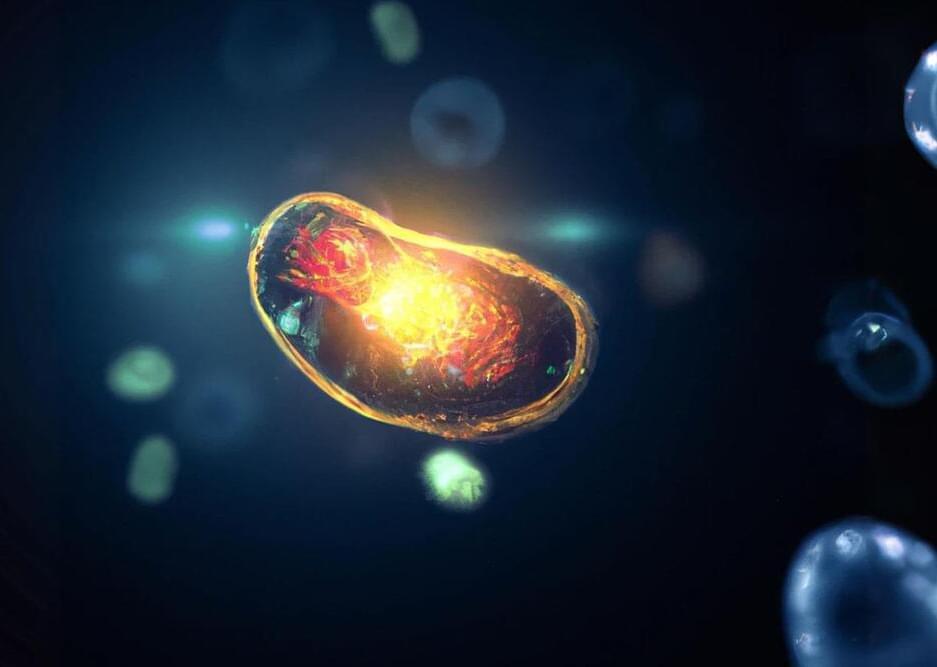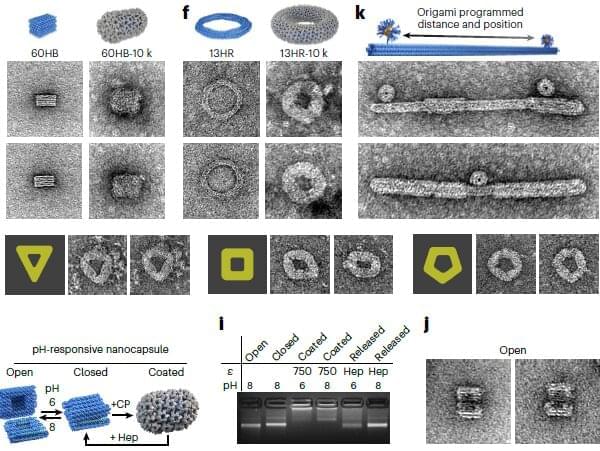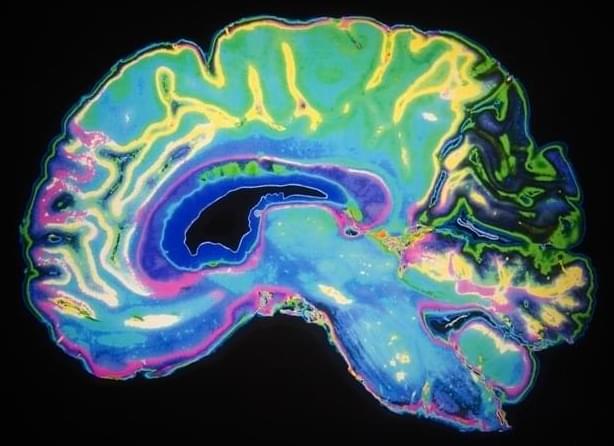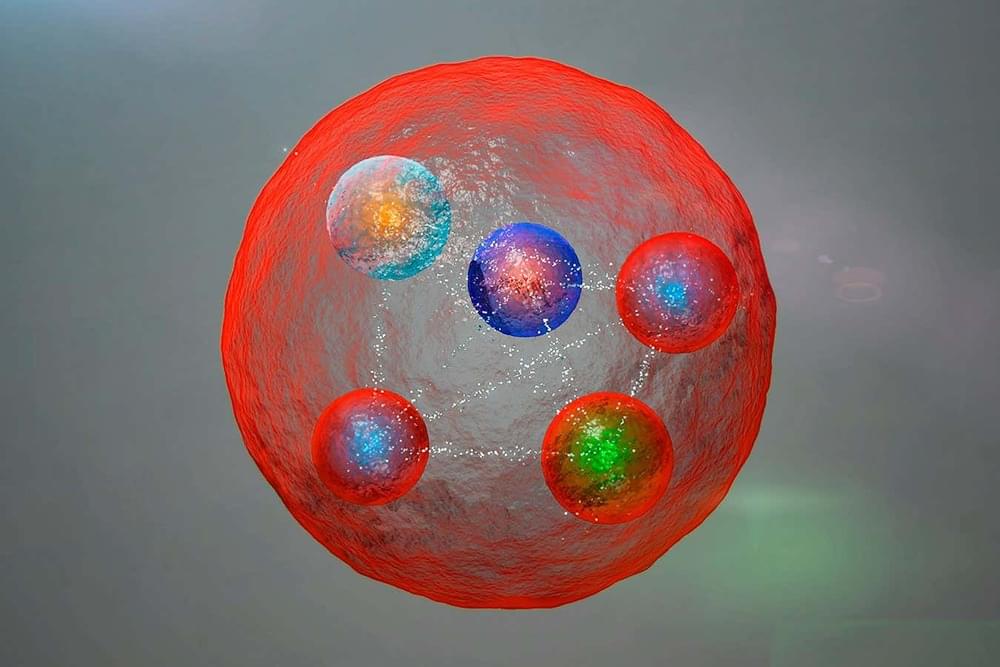Following the success of its first experiment.com campaign, which was raising money to identify therapeutics that reduce senescent cell accumulation and extend healthspan, the SENS Research Foundation has announced the next funding project.
Last month, we covered the fundraiser for Dr Abdelhadi Rebbaa’s research into the discovery and testing of novel senolytic molecules, which would back into his discovery of potential anti-senescence therapeutics. SRF has confirmed that this campaign is now fully funded.
Now SENS Research Foundation has launched its second experiment.com campaign for Dr Amutha Boominathan’s project Finding a cure for mitochondrial DNA diseases through COX2 variations to restore cell function, hoping to raise $8,000 over 45 days, with the campaign coming to an end next month, on 30th August. Dr Boominathan is head of the MitoSENS program at SENS Research Foundation.







